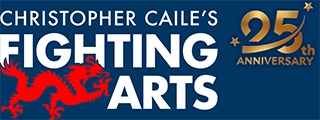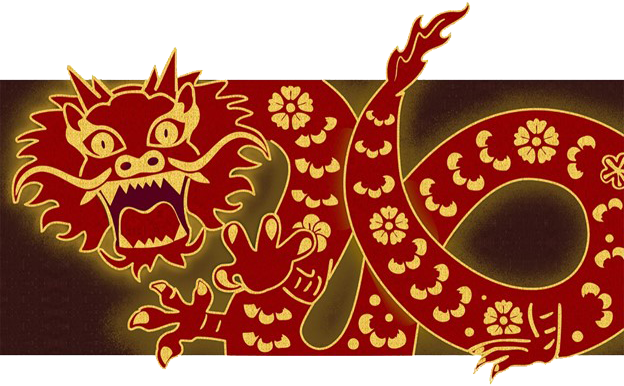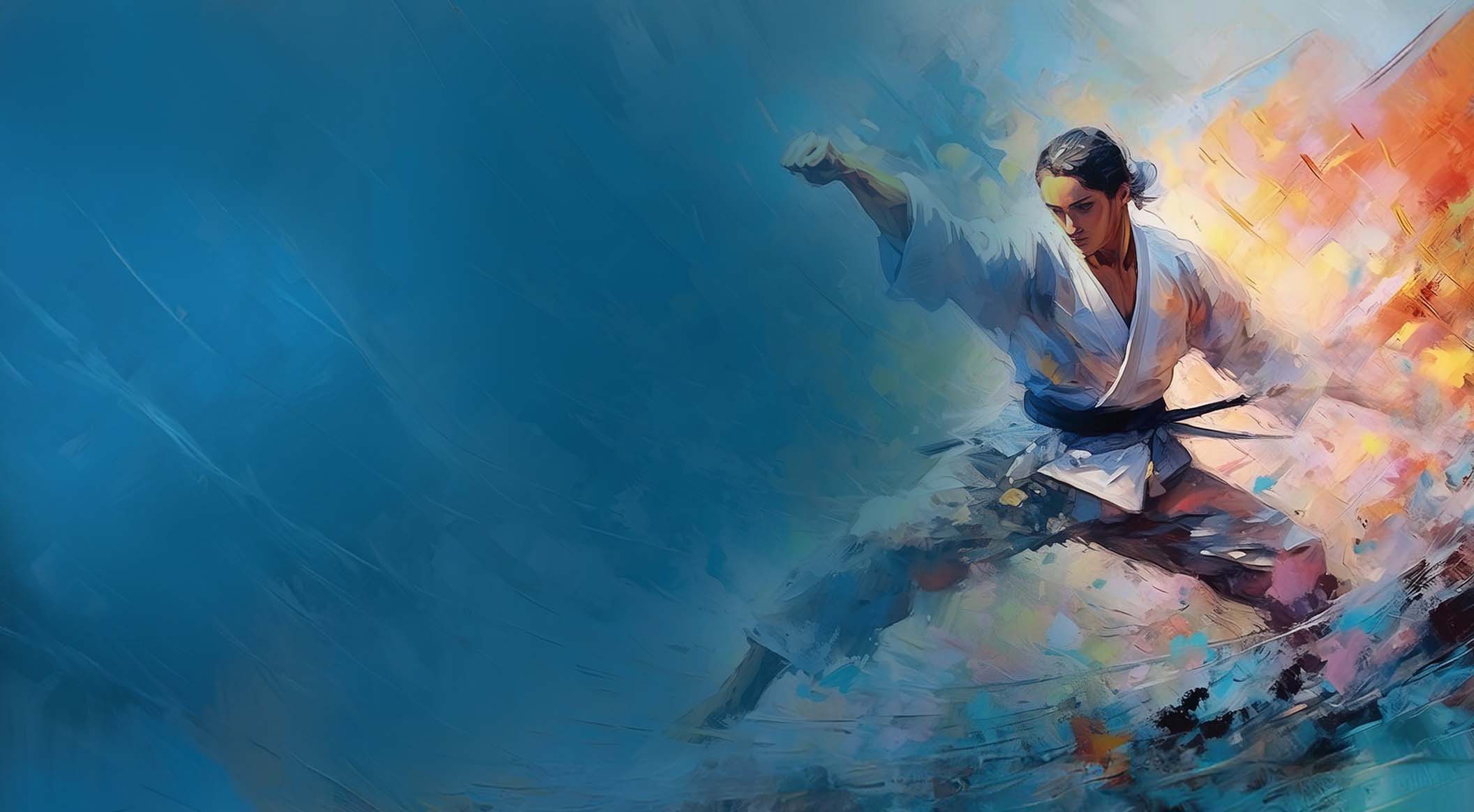THE ZEN MIRROR
Protecting The Dalai Lama
By Jeff Brooks
When he is here in the US the Dalai Lama is treated as a visiting head of state and as such receives a high level of security. Federal, state and local agencies coordinate to provide personal protection, site protection, and route protection, as they would for any dignitary of his stature.
The Dalai Lama has a powerful influence upon the people who encounter him. Many people, not merely Buddhist adepts, or even religious-minded people, report feeling that when they hear him speak they feel as if he is speaking personally to them. Many feel this even when they are in an arena that holds 50,000 other beings.
People say that their fear and anger, feelings they may have been unaware of, or to which they had grown accustomed without realizing it, dissolve. In place of these negative feelings, they say, arises a feeling of calm and peace and love.
For his presence to produce a result like that, without any evident effort or conscious intention on his part is surely a mark of an extraordinary being. Some say he is the most accomplished human being on the planet, someone able to demonstrate by the facts of his life and his actions, how humans can mature and realize their full potential.
Millions of people buy his books, others listen to his talks online and tens of thousands attend his lectures and teachings worldwide. He won the Nobel Peace Prize in 1989. He is among the most revered figures in the world.
In some quarters he is also among the most reviled. Hard to believe perhaps, but there are some who regard him as an enemy. The Chinese government for example. Some Tibetan sects regard him as their competitor for authority and these internecine struggles have been remarkably bitter. Some fundamentalist Christian groups regard him as a threat, teaching heresy. And where Islamic cultures border Buddhist ones as in central Asia the conflicts have been serious. The Taliban's bombing of the 125' tall, 1500 year old statues of the Buddha in the mountains at Bamiyan, Afghanistan is symbolic, but it is not unique. And there are always the lone nuts with a fantasy life or an imaginary grudge.
When observing the Dalai Lama in action you can see great courage. His openness, certainty and vulnerability are as much an example of his physical courage as his famous journey into exile through the snows of Tibet through the Himalayas to India, under fire from Chinese guns.
His kindness is courageous. There is no fear in his body. No fear in his emotional suppleness. No embarrassment, no tough pose, no declaration of victimization, no threats or pleas or promises. He employs none of the gamut of usual techniques of those who claim the attention of the public for their cause.
His dignity is complete. His effort on behalf of others is ceaseless. His sense of duty and the clarity of his mission govern his public actions, and from all evidence we may guess, his private life as well.
We can see no hesitation in his exchange with people who make demands on him, who wish to debate him, who wish to draw from him, whether teaching or praise, status or support or refuge from a world of suffering.
He seems to connect with everyone. Yet he does not take his safety for granted. He does not presume that because he is good that no harm will come to him.
He is continually protected. Among his attendants and translators, monks and managers is a contingent of professional warriors, all of who are willing to put their lives on the line and defend his life, without hesitation.
In 1959, when the Mao's army invaded Tibet they burned monasteries and murdered monks, the Dalai Lama's escape was managed by the CIA. This is no secret.
Some would say that the success of that venture was the result of his formidable good karma created in the infinite past. Still, they would have to agree that the karmic results of those past actions manifested in the form of strong, skilled, courageous, armed warriors. They protected him and saved his life. Those modern warriors helped make possible the worldwide dissemination of classical Buddhism and the regeneration of Tibetan culture in India and the West.
The Dalai Lama is an immensely precious thing in the world today. We need to take care of precious things. Not squander them, abuse them, take them for granted, falsely assuming that we can get another one.
Our lives are precious. Our families are precious. Our friends, communities, our country, the world… draw the boundary where you want to, we need to take care of what is precious.
For a martial artist we need to be sure that we are protecting what we value. If we are simply training our body and mind to prepare for conflict, and if as a result we neglect our motives and mission, we will eventually degrade the quality of our lives.
For example one young martial artist I knew tried always to remain ramrod straight and hyper-vigilant, even when going to a restaurant or attending a family barbecue. He was trying to fulfill his idea of being an excellent martial artist. Someone must have told him that a martial artist is "always ready" and he interpreted it in this way.
That kind of posturing wears off after a while. But if there is no purpose for their martial arts, no goal to which they can strive, which will serve as a kind of north star by means of which they can plot the path of their practice, if nothing beyond increased personal power occupies them, then their training can simply create walls between themselves and others. Instead of making life better it can make life worse – more rigid, alienated and pretentious, always in need of affirmation.
People have asked me how I could be both a Zen practitioner and a martial artist. For them this seemed to be a contradiction: one practice directed toward peace, the other, they assumed, devised to increase aggression and power.
The teacher who has influenced me most, Shoshin Nagamine (the great karate teacher, historian and founder of Matsubayashi Ryu Karate), was the Chief of Police on the Japanese island of Okinawa. He was also a well-known martial artist and, later in life, an ordained Zen practitioner. In his cultural milieu it was understood that there was no contradiction.
Lets say you have some water to give to a thirsty person. But no glass. No container, lets say, of any kind, to hold it. If so, the water would be useless. It would evaporate or drop to the ground and disappear. The thirsty person would have no way to make use of it. In the same way we need a vessel to contain what is most precious to us.
We need a physical world. A body. Human relationships, love, work and purpose. We need to preserve the forms of things so their nature can be realized; their purpose, and ours, fulfilled.
The Dalai Lama's message of peace is contained in his ineffable realized mind; conveyed in his language and actions; communicated by means of his physical presence at various times and places throughout the world. As he travels his material body is protected by the warriors who are assigned to serve him. There is no contradiction. These functions act in concert.
As a police officer you are in a position to protect people. As a martial arts instructor you can help create the conditions in which people can develop health and strength, clarity and confidence. As a Zen practitioner one can attend to other needs of people: to provide a setting and present a method by which they can grow in character and wisdom, and so approach the most perplexing and important questions we face as human beings: life and death; the reason for suffering; how to find the path to freedom.
The Dalai Lama does not have the same job as the people who protect him. But he needs them. And they need him. He provides them with their mission and the motive for them to exert themselves to the limit of their capacity of attention, skill, and commitment to their warrior path.
These functions – the defender and that which we defend – coexist in each of us, and in our communities and nations. We need to be sure they function in mutual support and with a single, just mission. Then we can be healthy and strong, and the world can be transformed.
Copyright Jeff Brooks and FightingArts.com 2007
Jeffrey M. Brooks
Jeff Brooks (9th dan), began martial arts training in 1978 and opened his first karate dojo in Northampton, MA (1988 through 2009), while also conducting self-defense seminars, professional programs in combative skills and served as a regular contributor on Zen and karate-related topics to FightingArts.com.
Jeff then moved to South Carolina and started a career in law enforcement, serving as a police officer, then detective, defensive tactics instructor, firearms instructor, PPCT instructor, Deputy US Marshal, and Deputy Sheriff. After retirement, he founded Mountain Karate in Saluda, NC.
In karate Brooks received his 5th degree Black Belt from the Nagamine honbu dojo, his 7th degree black belt in 2004, and his 9th degree black belt in 2022, in recognition of his formation and leadership of Yamabayashi Ryu. He studied with leading teachers in Okinawan, Japanese, and Chinese traditions, in the US and overseas, including Katsuhiko Shinzato (the translator of Shoshin Nagamine's Essence of Okinawan Karate Do, and formerly a student of the Kishaba brothers' karate and kobudo); Sogen Sakiyama, Roshi (direct student of Miyagi Chojun, and practitioner of Goju-ryu karate); and Shoshin Nagamine (Chief of the Motobu District Police, Mayor of Naha, and founder of Matsubayashi Shorin Ryu).
Jeff Brooks has written hundreds of published articles on martial arts, and Zen and has been cited widely online and in print. He wrote speeches and presentations for high profile public figures in politics, media, business and the arts.
He is author of several books including "True Karate Dō", available on Amazon.com
Search for more articles by this author:






